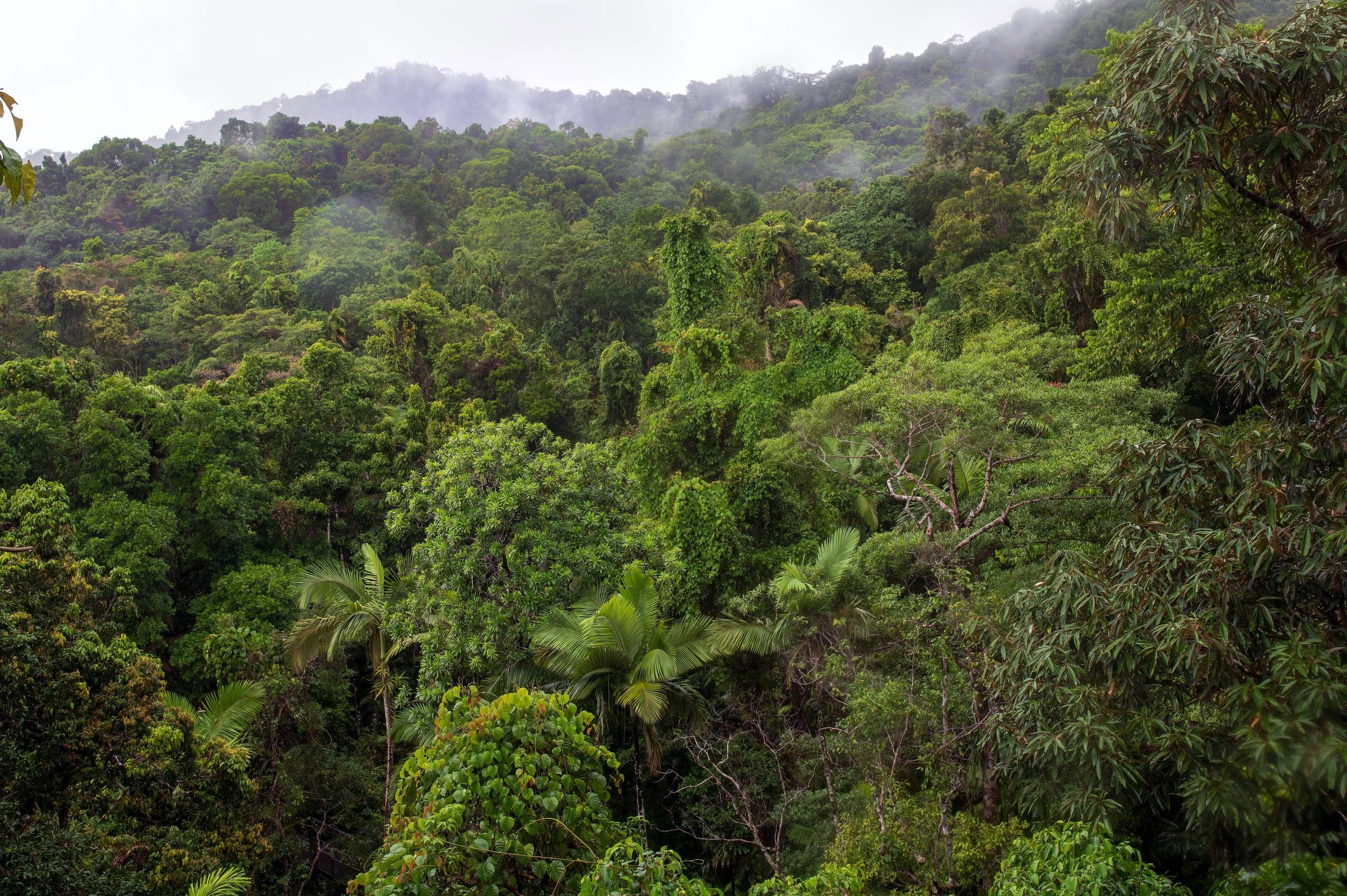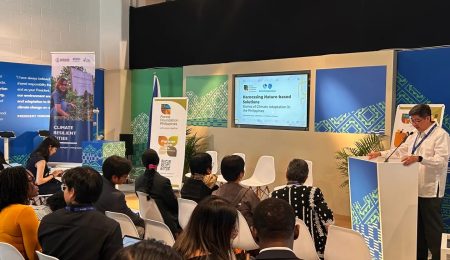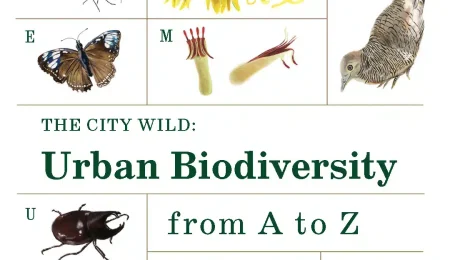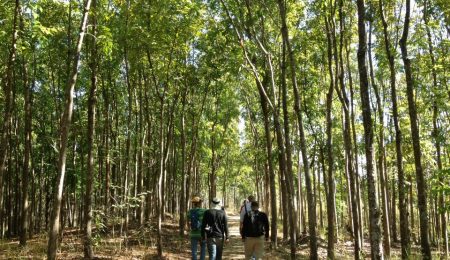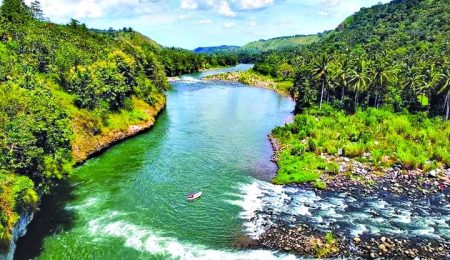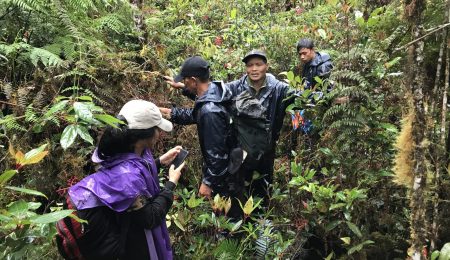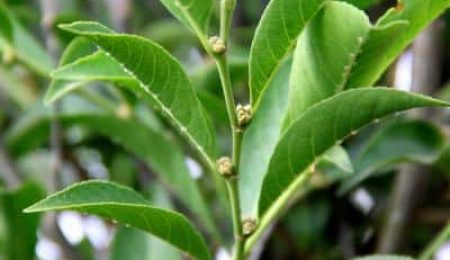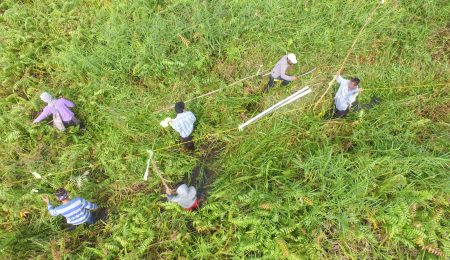Key Messages
- A transdisciplinary study conducted among the Higaonon tribe of Bukidnon shows that diversified livelihoods significantly contribute to preserving the ecological integrity of the forest they inhabit.
- It is essential to acknowledge the human influence and other anthropogenic aspects of the forests’ changing landscape to understand emerging environmental concerns better.
- A transdisciplinary approach to research offers a holistic perspective that addresses real issues from the ground.
Diversified livelihoods in forest communities, mainly those sourced from non-timber forest products (NTFP), largely contribute to the ethno-competitiveness of indigenous people who inhabit the forestlands and could avoid exploitation pressure on a single forest product. This is an outcome of a transdisciplinary study titled Biodiversity, Ecosystem Services, and Traditions (BEST) Forests. It aimed to evaluate the biodiversity, ecosystem services, and traditions from indigenous forest products among one of the Higaonon tribes in the province of Bukidnon.
The study also indicates that sustaining livelihood through NTFPs among the Agtulawon-Mintapod Higaonon Cumadon or AGMIHICU community does not harm their forests and is crucial in maintaining these forests’ integrity. The spatial analysis component of the BEST Forests study found that the area of the community with NTFPs is at par with high vegetation characteristics of tropical rainforests.
Forest conservation in the lens of sustainable livelihood: the case of Bukidnon’s Higaonons
There are about 110 indigenous peoples in the Philippines who mainly inhabit the forests and mountainous regions of the country, and among them are the Higaonons of Bukidnon. The primary economic activities of the people include farming, hunting and gathering, and abacá weaving.
In 2019, BEST Forests conducted ethnographic fieldwork with the AGMIHICU community. Focusing on two main products of the tribe, the honey from giant honeybees (Apis dorsata F.) and hinabol fiber from abacá (Musa textilis) plants, BEST Forests assessed how the two NTFPs contribute to both the livelihoods of indigenous peoples and the ecological integrity of a community forest landscape.
Hinabol weaving
Weaving is a traditional practice of Higaonons. Abacá is a crop planted by the community to preserve the rich biodiversity in the area by diverting the human pressure on resources that directly come from the forest and avoiding the area’s conversion to agricultural land. Abacá plantations are easily sustained because of the excellent soil quality of the rainforests.
One of the groups of hinabol weavers can be found in the AGMIHICU community – the Kalandang (or peace) Weavers. While the actual weaving is confined to women, the men also play a significant role as they are the ones who harvest the abacá fibers. The abacá harvesters, usually the husbands of the Kalandang Weavers, give their harvests to their wives for the weaving. However, there are times when diseases among the abacá plant are rampant, which leads to a shortage of abacá supply. Thus, the harvesters sometimes sell the raw material directly to the town market.
To avoid the intermediaries’ exploitation of the Kalandang Weavers and reduce the number of players in the value chain of the hinabol textile, non-governmental organizations (NGOs) and community-based organizations (CBOs) like the NTFP-EP Philippines and Lindungawan assist the weavers in marketing their products. They also helped the Higaonon weavers develop a Good Hinabi Practice checklist (GHP), used for market-standard harvesting and weaving of abacá.
Wild honey hunting and processing
Honeybee hunting is a seasonal activity. Its processed product (wild honey) provides higher income to the Higaonon communities because of the lesser inputs required for the final product than Hinabol weaving. The hunting period starts in March or April, the season when the flowers in the community forests begin to bloom. The biodiversity of the rainforest contributes mainly to the honey production of wild honeybees. On the other hand, these honeybees are crucial for pollinating the rainforest’s flora.
Honey hunting is not for everyone as this activity is tedious and requires different skills such as trekking the deeper part of the forest, hunting wild honey bees and thus enduring the stings of the giant honey bees, and climbing tall trees. The Higaonon community’s wild honey gatherers are part of the group called Higaonon Amamag Malandang Olandok Gagaw (HAMOG). Aside from wild honey, the group has other Community Forestry Enterprise (CFE) products, such as cassava chips, that their appointed leaders and officials primarily manage. They also advocate for their indigenous community’s cultural preservation through different cultural learning programs for the youth. Just like the hinabol, the group sells its CFE products to the market through the help of NTFP-EP Philippines and Lindungawan.
It is advantageous for the two forest-based products to grow raw materials in the biodiverse rainforests. This conducive environment allows the abacá and the giant honeybees to thrive sustainably. Recognizing the role of biodiversity in the sustainable production of their two primary sources of livelihood, the Higaonons ensure the conservation of their forest, as documented by the transdisciplinary study. The research concludes that the new integrated knowledge using a transdisciplinary approach can serve as a basis for future management actions in community forests.
Transdisciplinary approach for better understanding of forest socio-ecological systems
With the magnitude of human influence on forest ecosystem integrity and biodiversity, it is essential to recognize the significance of an inclusive approach to forest research and management that addresses both the breadth and depth of understanding of the forests. In a way, nature and humans both impact each other, creating an innate connection and interdependent relationship. Social scientists even believe that humans, especially the indigenous peoples, are part of the natural environment, which falls under the biological sciences discipline. Ignoring the human influence and other anthropogenic aspects in studying the environment may lead to a lack of understanding of the root causes of emerging environmental issues, hence, failure to come up with ideal and integrative solutions that reconcile all possible concerns.
In a transdisciplinary study, all forms of knowledge creation and data acquisition are equally crucial in searching for empirical evidence that could provide inputs for a potentially empathic and inclusive solution to a problem. The transdisciplinary approach to research also carefully attempts to align scientific questions with the actual issues of the society, thus avoiding research that is detached from the real problems happening on the ground.
Learn more about the BEST Forests study and the value of transdisciplinary research from Denise Matias, Hanna Claudine Gallardo, Sean Alain Betonio, and Mar Xyle Marisse Bacas in Forest Foundation Philippines’ book published in 2021 titled “Forests in the Anthropocene: Perspectives from the Philippines.”

